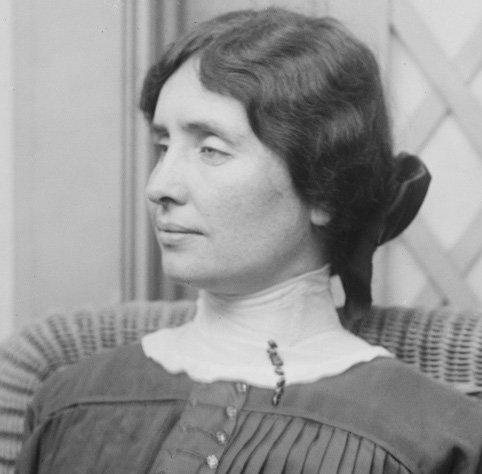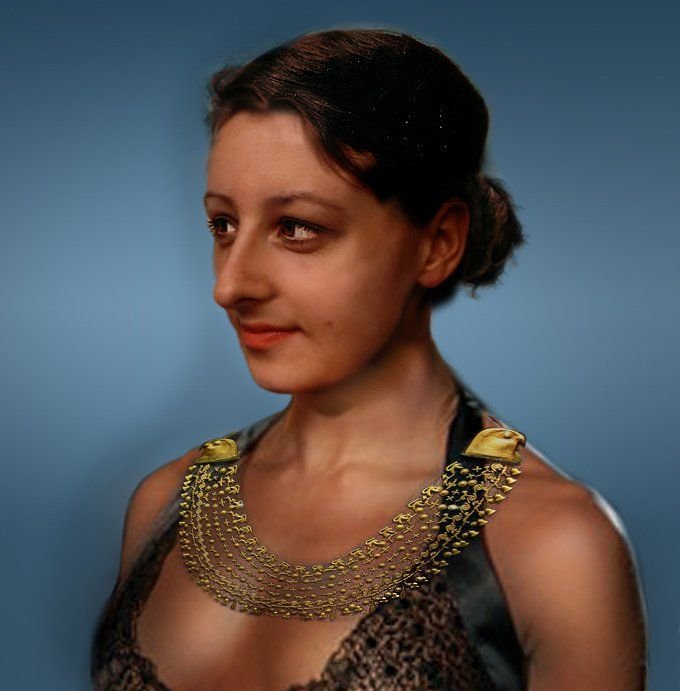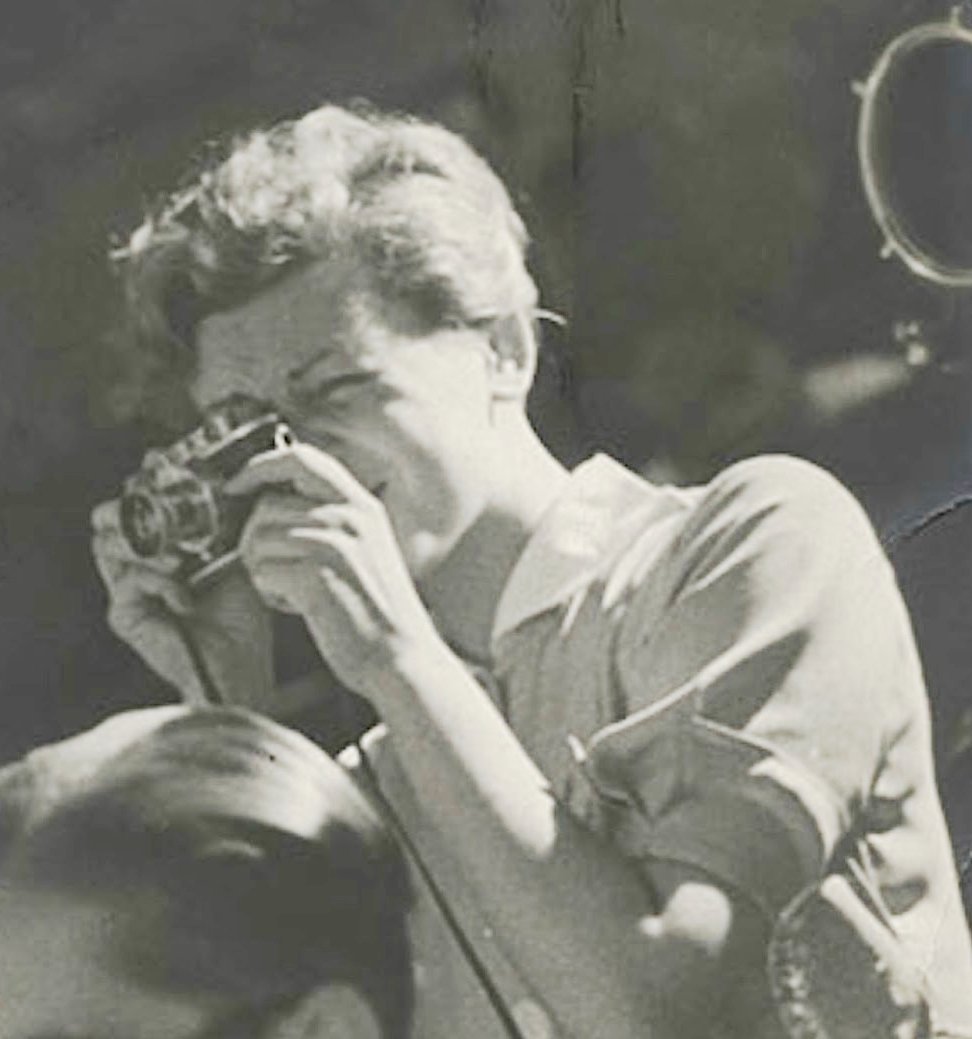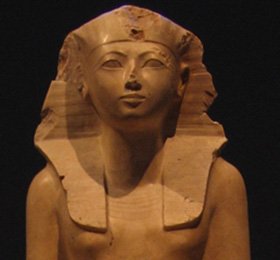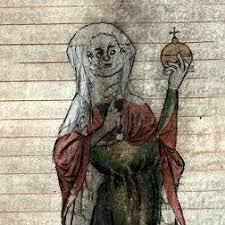The ShowMe Project
Short Histories Of Women
Misrepresented, Maligned & Marginalized
Everywhere
content curation for self-learning
About the project
History is full of misrepresented, maligned and marginalized women. Let’s help set the record straight! The ShowMe Project curates online resources for self-learning about influential women in history through links to selected articles, podcasts, books, movies and art. It also provides discussion questions and activities for educators.
Misrepresented
Women remembered differently from how they really were: Their stories are based in truth but some parts have been changed or omitted, usually to fit a theme, such as martyrdom or virtue. Think Joan of Arc, Florence Nightingale, Helen Keller and Pocahontas.
Maligned
Women purposefully demonized and demeaned via propaganda: These women are usually powerful or advocating change, and it’s often their morality that is attacked, though it can also be their intelligence or appearance. Think Marie Antoinette, Cleopatra, Wu Zetian and Catherine the Great.
Marginalized
Women whose accomplishments have been written out of history or attributed to a man: These women are usually artists, scientists, inventors or doctors and have been passed over for awards or remembered only for being wives to accomplished men. Many died in obscurity. Think Lil Hardin, Wu Chien-Shiung and Trota of Salerno.
Helen Keller
All American schoolchildren know the inspirational story of deaf and blind Helen Keller, who with the help of her caring teacher and a dose of perseverance and positivity was able to overcame life’s challenges and learn to speak. What textbooks don’t tell you is that she became a radical socialist who was vilified by the media, was called stupid by the same people who had praised her intelligence and helped found the American Civil Liberties Union.
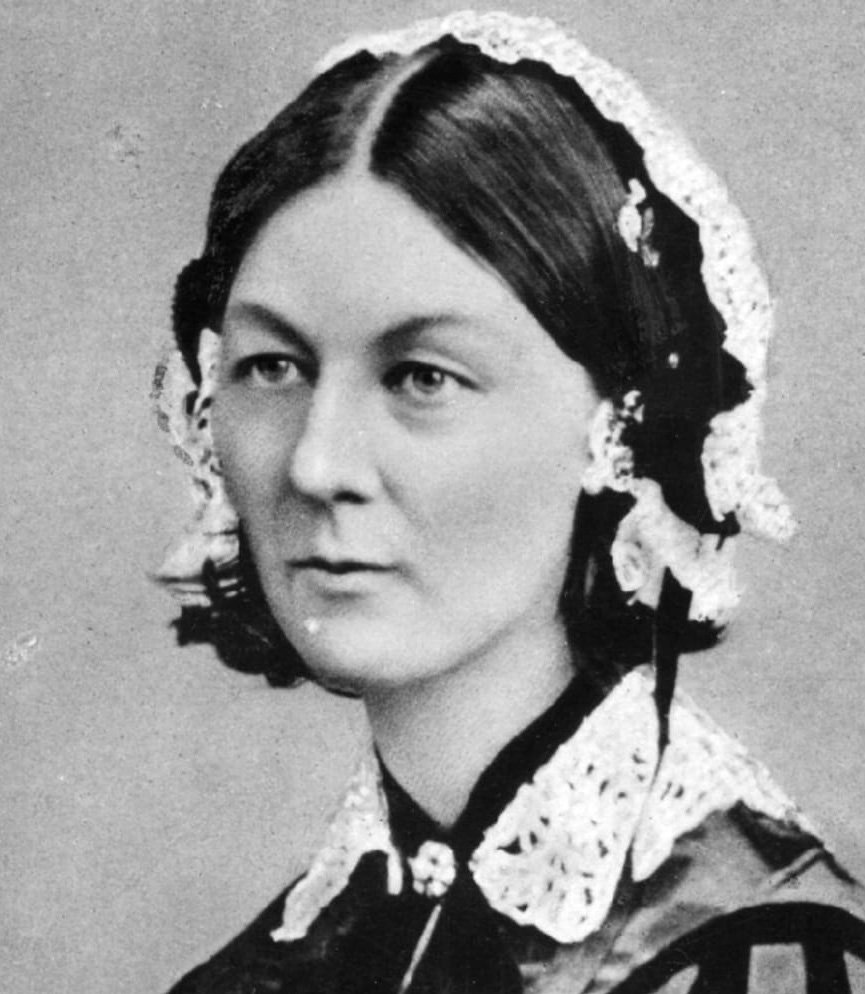
Florence Nightingale
A nurse in the Crimean War, Florence was never called “the lady with the lamp.” She was, however, called “the lady with the hammer” for breaking down the door to a medical-supplies storeroom she was denied entry to. She was also a lifelong advocate of public health as a human right. But the Times reporter thought that was all too vulgar so he made up the lamp nickname to be more romantic.
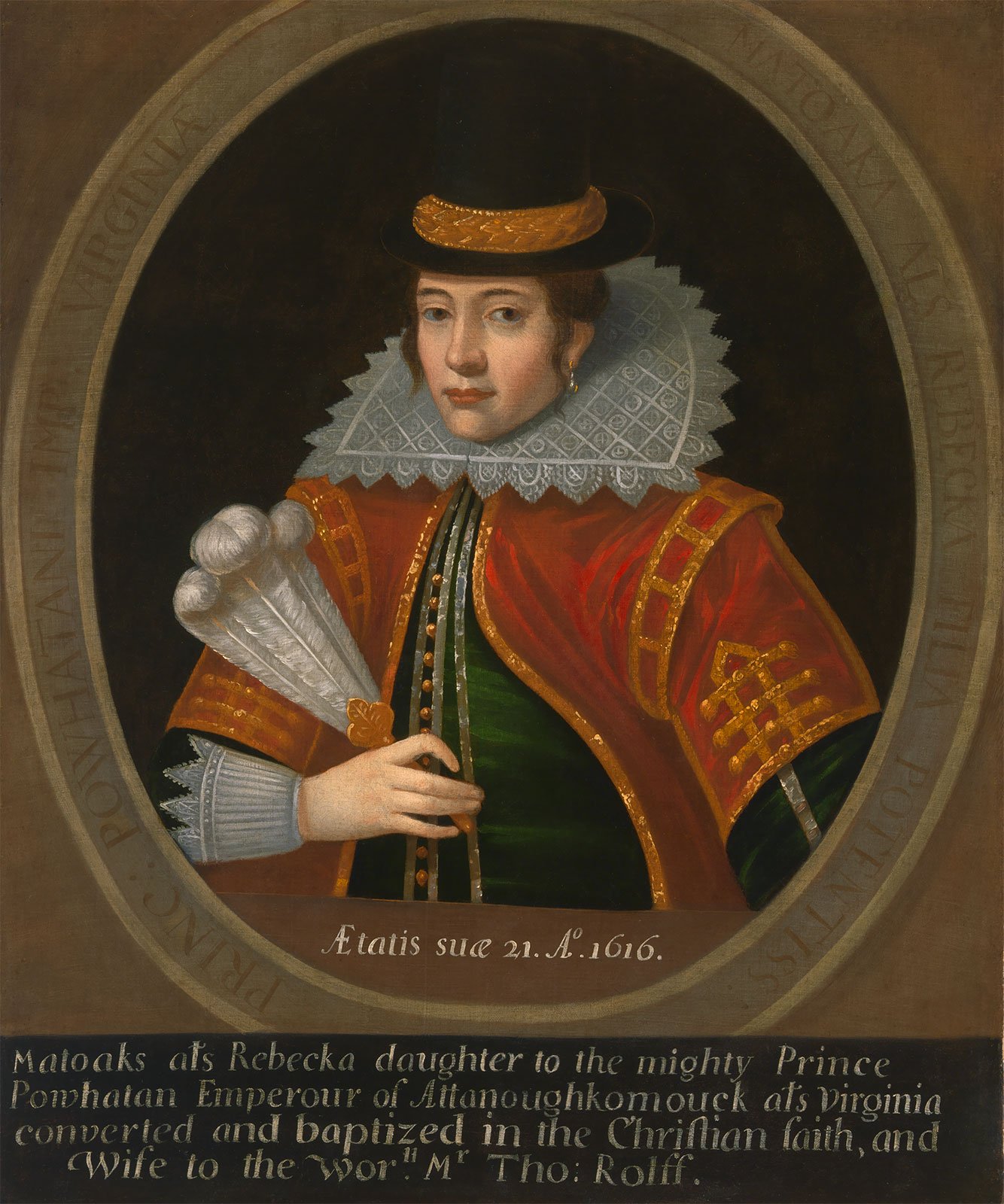
Pocahontas
The daughter of a Native American chief, Pocahontas was never in love with John Smith and she didn’t turn her back on her own culture. Instead, she was kidnapped, forced to give up her baby, raped repeatedly and her Native American husband murdered. Then she was held captive in England.

Joan of Arc
The Joan we learn about in school is mostly accurate; she really did have visions telling her to save France. But she is often depicted as a wispy-looking saint or a warrior in battle, when in reality she was a genius strategist, directing troops and proposing diplomatic solutions. She was murdered not for witchcraft, but because she said she talked to God and dared to wear men’s clothes, which was a crime.
Marie Antoinette
The last queen of France was vilified to lend credibility to the French Revolution that saw her imprisoned, demeaned and beheaded. She also never said, “Let them eat cake!”
Cleopatra
The last pharaoh of Egypt expertly ruled a huge swathe of the Mediterranean coast and held out for 21 years against the Romans, who demonized her as a temptress in order to stop Roman women from thinking they too could have power.
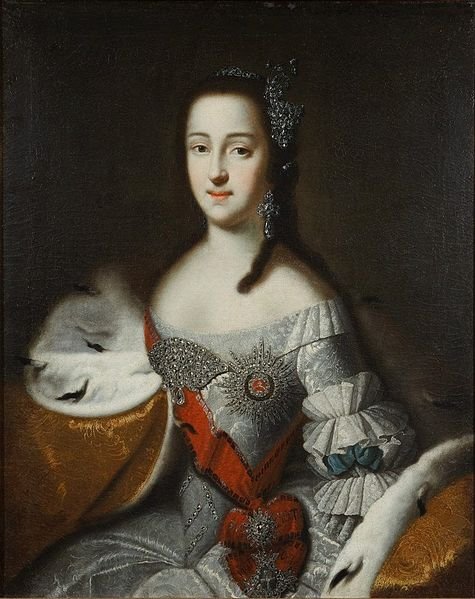
Catherine the Great
The empress of Russia overthrew her husband in a coup and then ruled for 34 years, expanding the empire, reforming administration, westernizing the country and creating one of the world’s most stunning art collections. She died in bed of a stroke, not with a horse as her enemies gossiped.
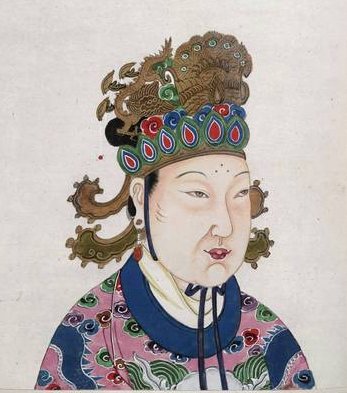
Wu Zetian
The only woman to ever rule China on her own, Wu Zetian was a powerful and strategic leader who consolidated the Tang dynasty. But she has been painted as a wanton and evil woman who upset the natural order of things by becoming a leader.
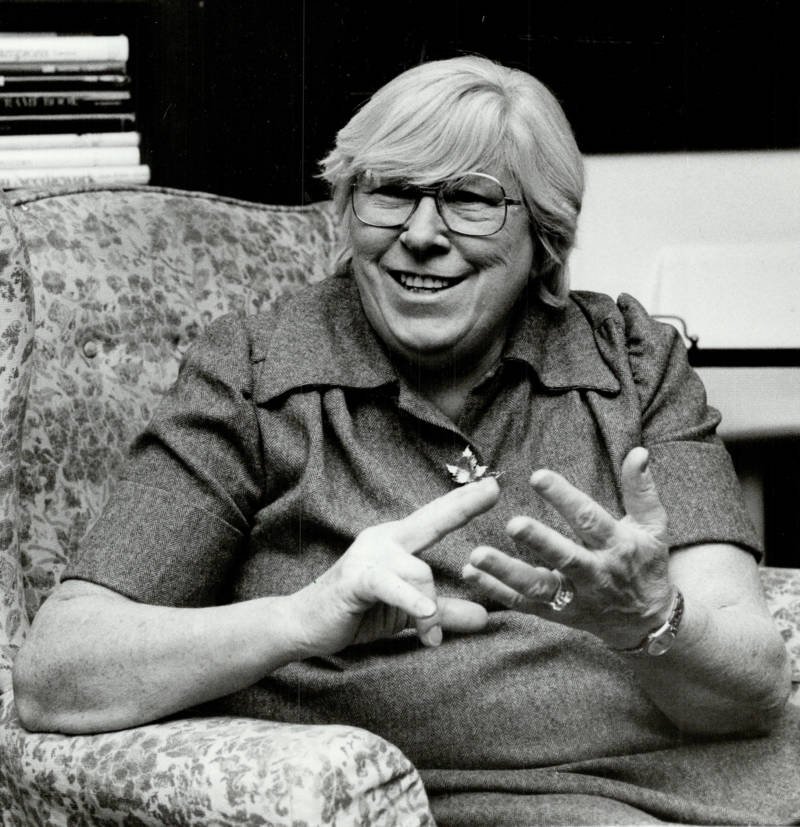
Madalyn Murray O’Hair
An outspoken activist that fought to separate church and state, Madalyn Murray O’Hair’s lawsuit ended prayer in public school and earned her the title of “The Most Hated Woman in America.” She was vilified, ridiculed and eventually kidnapped and murdered.

Queen Mary I
The first-ever Queen of England, Mary has been characterized as a dumb and bloodthirsty religious fanatic. In reality, she was an ambitious and competent ruler who restructured the economy, reorganised the militia, expanded the navy and passed a law that allowed women to rule the same as men.

Empress Theodora
The Eastern Roman empress was a powerful and intelligent leader who passed a number of laws increasing the status of women, quelled revolt and conducted foreign policy. But much of what is thought of her comes from one historian who demonized her with stories of sexual escapades and crime that are now considered to be fabrications.
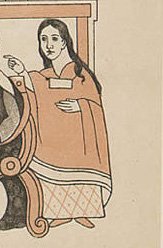
Malinche
This Native American woman was given as a sex slave to the Spanish conquistador Cortes, whom she ended up translating for and having children with. Her name is still used as slang for a traitor to one’s people, as if she had a choice in the matter.
Lil Hardin
Lil’ was one of the biggest influences on the development of jazz in the 1920s, but she is usually only remembered for being Louis Armstrong’s second wife for a while. She is the one who put Louis’s first band together, writing and arranging most of the songs and playing piano. Louis took credit for her masterpiece “Struttin’ with some Barbecue” and she had to take him to court to get the rights back, which she did.
Gerda Taro
The famed photographer Robert Capa was really an alias for the photography of two people: Endre Ernő Friedmann and Gerta Pohorylle, who later changed her name to Gerda Taro. Endre eventually became known as Robert Capa and a significant amount of Gerda’s work has been attributed to him. Gerda died at 26 during the Spanish Civil War, crushed by a Republican tank, and was the first female photojournalist to die on the front lines.
Hatshepsut
A powerful ancient Egyptian pharaoh, Hatshepsut expanded trade and oversaw massive building projects. But her stepson, who succeeded her, tried to erase all evidence she ever existed. He almost succeeded and we didn’t even learn about her until the 19th century, nearly 3,000 years after her death.
Chien-Shiung Wu
A brilliant nuclear physicist, Wu received many honours over her long career and is well remembered in the scientific community. However, her crucial contribution to particle physics was ignored by the Nobel Prize committee and her work was attributed to her academic advisor instead. Have you ever seen “the first lady of physics” mentioned in a school textbook?
Trota of Salerno
One of the world’s first gynaecologists, Trota left behind a large body of medical work used to train doctors for centuries. But it was so good, for years historians attributed her work to a man and then debated if she even existed.
Hatshepsut
A powerful ancient Egyptian pharaoh, Hatshepsut expanded trade and oversaw massive building projects. But her stepson, who succeeded her, tried to erase all evidence she ever existed. He almost succeeded and we didn’t even learn about her until the 19th century, nearly 3,000 years after her death.
